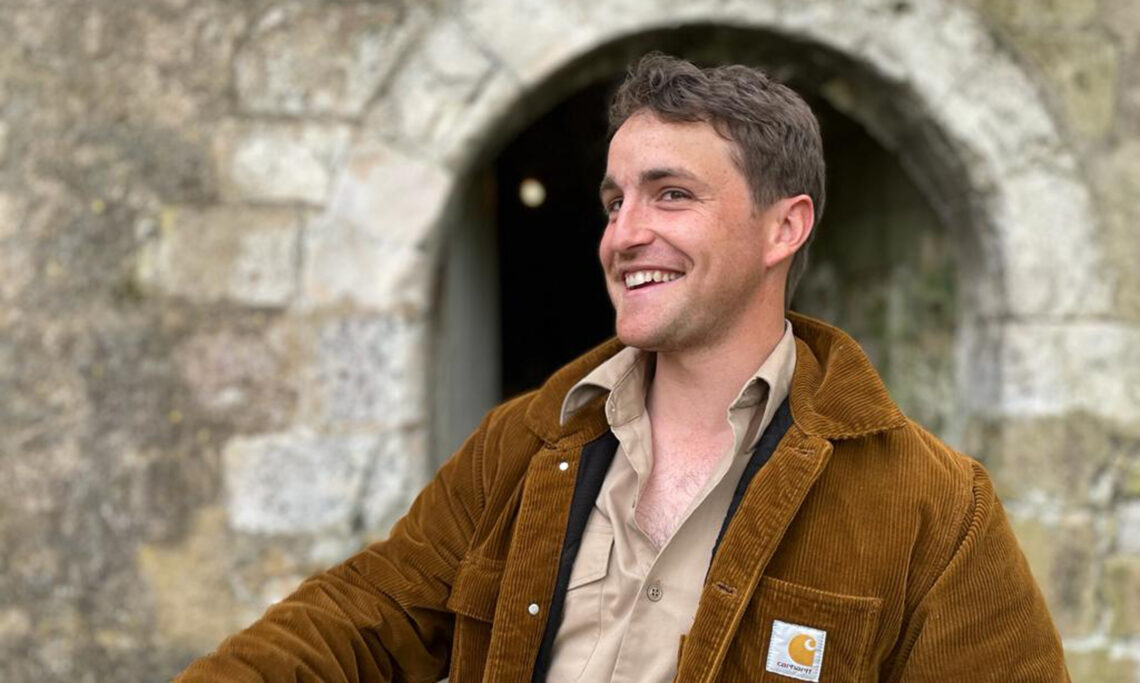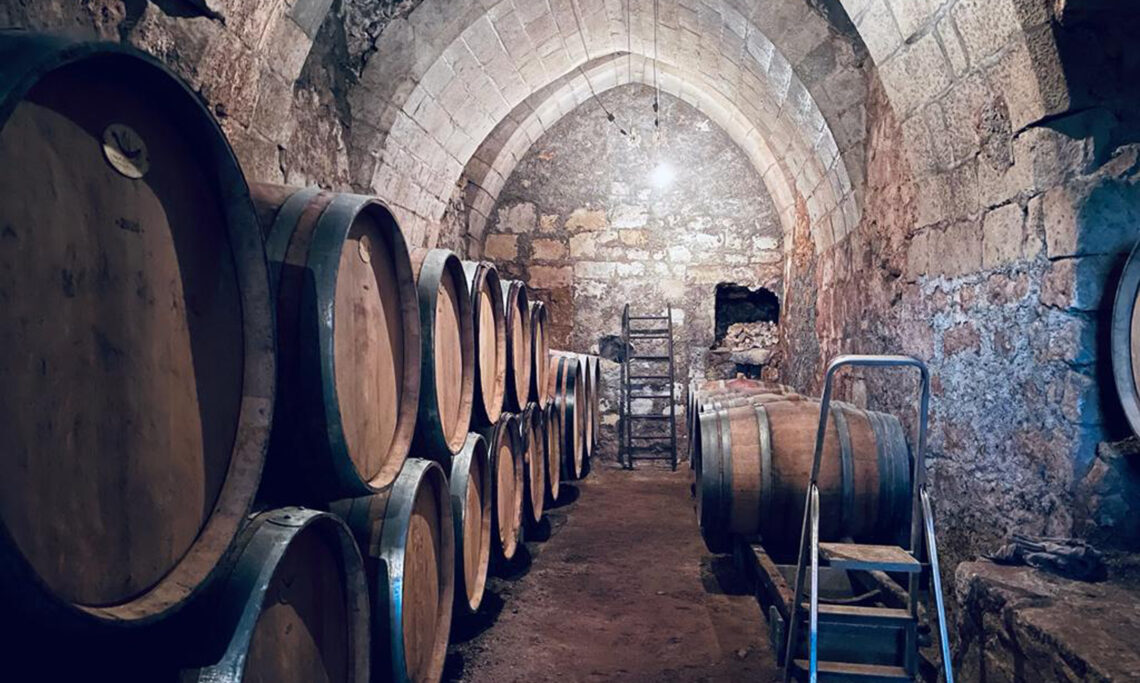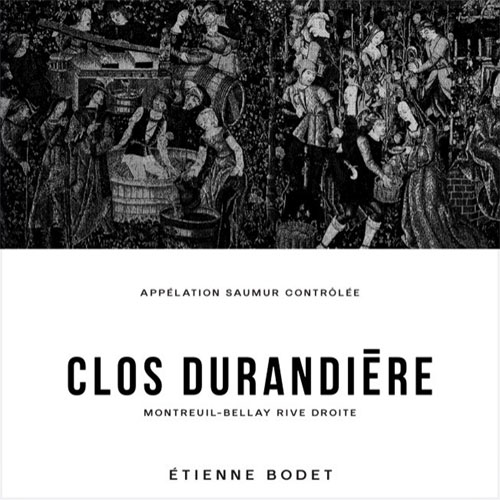Domaine Profile
- Location: Montreuil-Bellay, Saumur, Loire
- Size: Started as a micro-négoce with a first bottling of crémant Physis 2017. In 2015, Etienne was gifted 1.4 ha (3.46 ac) of Cabernet Franc in "Clos Durandière" as a wedding present. Additional parcels will be added in the near future.
- Varieties: Chenin Blanc, Cabernet Franc, Grolleau
- Viticulture: Biodynamic (not certified), only copper and sulfur treatments, 500, 500p and 501 biodynamic preparations, Guyot-Poussard pruning leaving 2-3 buds per shoot, leaf thinning and green harvesting if necessary, pickaxes under the rows to manage weeds.
- Vinification (Crémant): Pressed with whole clusters at low pressure, separation of the press fractions, ambient yeast fermentation, blocked malolactic fermentation, briefly aged in stainless steel tanks, bottled in spring, further aging on lattes for up to 30 months, low dosage.
- Vinification (Red): Ambient yeast fermentation with no added SO2, up to 35% whole cluster, no punch-downs or pump-overs. Aged for a minimum of 2 years in used barrels followed by 6 months in stainless steel tanks and another 6 months in bottles.
Background
Etienne Bodet is a native of the Saumur region, where his family owns a domaine in Montreuil-Bellay. He trained with Sylvain Pataille, Aurélien Gerbais, Bernard Baudry, François Dal, Romain Guiberteau (who is also his stepfather), and he is currently one of the winemakers at Clos Rougeard.
In parallel to Maison Bodet-Herold, the sparkling wine project he founded with his wife Kim Herold, Etienne took over the 1.3 ha Clos Durandière from his family, with Cabernet Franc planted on some of the only hard Jurassic limestone found in the Saumur appellation that otherwise lies almost entirely on the soft Cretaceous limestone known as tuffeau.
His first release, 2020, is extraordinarily compelling. The gorgeous nose mixes potpourri, banana bread, the lavender and noble vegetal of whole clusters, and a cornucopia of other things, mostly savory. The fluid yet geometric palate is driven by bright acidity, powdery, fine-grained tannins, and the mineral cut of his terroir’s hard limestone.
Viticulture & Winemaking
Etienne’s principal goal is to soften the tannins of Cabernet Franc through non-extractive maceration, low SO2, the patina of extended élevage, and the seasonal variations in temperature of his cellar. Since the variety is prone to Brettanomyces and he prefers not to intervene in the cellar, a key point is to have plenty of nitrogen in the musts by managing grass in his vineyards which allows fermentations to proceed smoothly and fully ferment the sugars. “I believe you have to make wine on the razor’s edge,” Etienne says. “You don’t have to use chitosan or filtration. The goal is to work with Brettanomyces but to avoid Ethylphenol––the taste of Brett. Ok, it sounds easy when spelled out like that,” he laughs.
Etienne farms organically and biodynamically and will pursue certification. Though the use of whole-clusters is uncommon in Saumur, he includes up to 35%. He vinifies without SO2 additions, later adding only 20 ppm. Macerations last 26 to 28 days with no punch-downs or pump-overs. La Durandière is aged for two years in barrels, with 5% new oak in 2020 and the remainder coming from the used barrels of the Le Bourg cuvée from Clos Rougeard. Afterward, it spends an additional six months aging in vats, followed by another six months in the bottle before it is released.
Wines
-
Sparkling
-
White
-
Red



